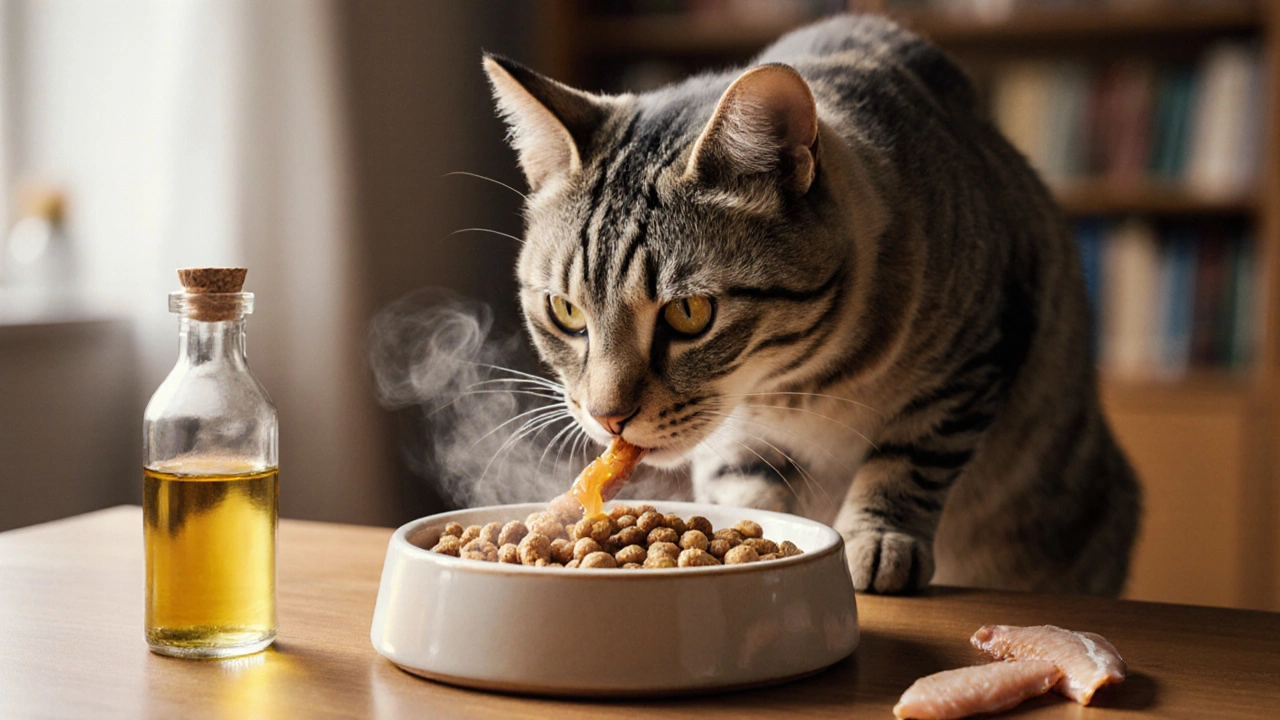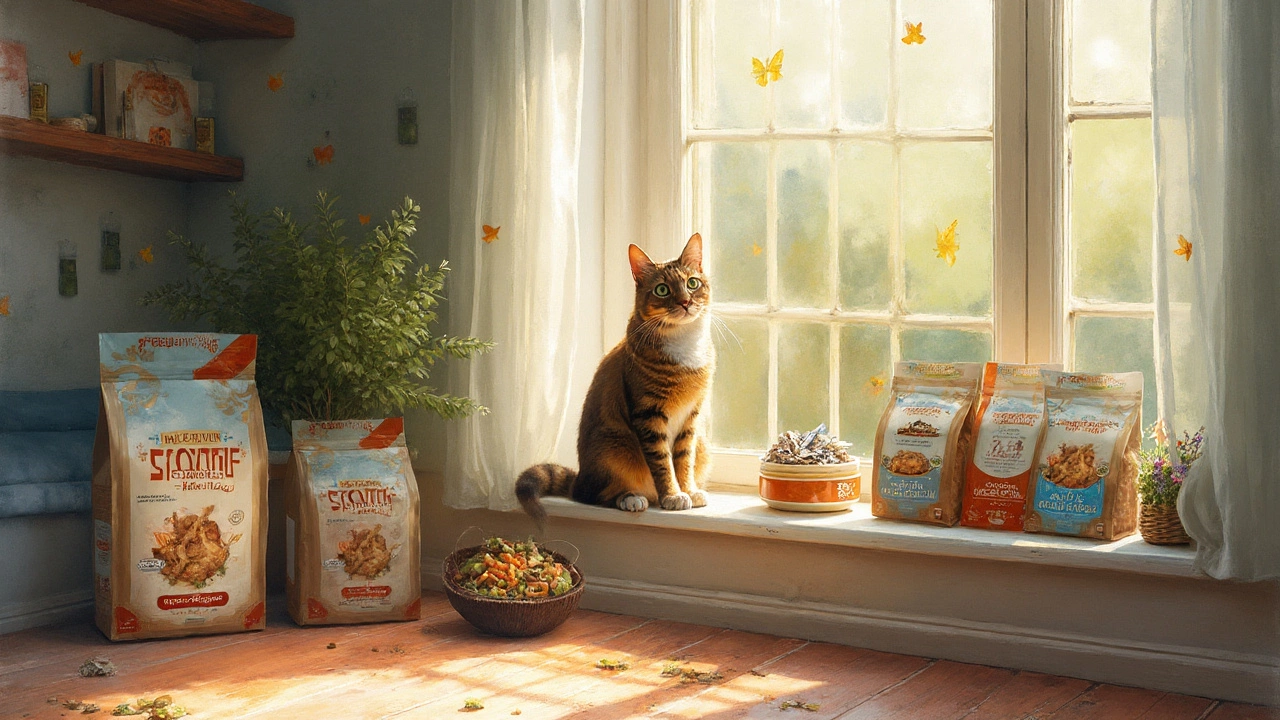Wet Food for Cats: What Every Cat Owner Should Know
If you’ve ever wondered whether wet food is worth the extra cost, you’re not alone. Many cat owners start with dry kibble because it’s cheap and easy, but wet food can add moisture, flavor, and nutrition that dry food often lacks. Below we’ll break down the main reasons to include wet food in your cat’s diet, how to choose a good brand, and practical tips for feeding and storing it.
Why Wet Food Benefits Your Cat
First off, wet food contains a lot of water – usually 70‑80% moisture. Cats are naturally low‑drinkers, so that extra liquid helps keep their urinary tract healthy and reduces the risk of kidney problems. The high protein content in most wet meals also mirrors what a cat would eat in the wild, supporting muscle maintenance and overall energy.
Flavor is another big win. Wet food is softer and more aromatic, which can be a lifesaver for picky eaters or older cats with dental issues. The richer taste often encourages a cat to finish a meal, meaning you’re less likely to waste food.
How to Pick the Right Wet Food
When you’re scrolling through options, look for a product that lists a real meat source as the first ingredient – chicken, turkey, or fish are common choices. Avoid foods that rely heavily on fillers like corn or wheat; cats don’t need carbs the way dogs do.
Check the label for AAFCO statements. Those indicate the food meets basic nutritional standards. If you have a cat with specific health concerns, pick a formula that targets those needs – for example, urinary health blends or grain‑free options for sensitive stomachs.
Price can be tempting to cheat on, but remember that quality matters. A cheap can may have lower protein and more additives, which could cause digestive upset over time. Investing in a reputable brand often means fewer vet visits down the road.
Finally, consider portion size. Wet cans typically range from 3‑5 ounces. A healthy adult cat usually needs about 3‑4 ounces per day, split into one or two meals. Adjust based on your cat’s weight, activity level, and any vet recommendations.
Storing wet food correctly is simple but essential. Once opened, keep the can in the fridge and cover it with a piece of foil or a tight‑fit lid. Use it within 24‑48 hours to prevent bacterial growth. If your cat tends to sniff out the fridge, you can portion out a day’s worth into a small container and discard the rest.
When serving, warm the food slightly – about 20°C (room temperature) works best. Microwaving for a few seconds can help release aromas, but always stir and test the temperature before putting the bowl down.
Mixing wet and dry food is a popular strategy. It gives your cat the benefits of both moisture and the convenience of kibble. Just keep the total calories in check to avoid weight gain.
In short, wet food for cats isn’t just a tasty treat; it’s a practical way to boost hydration, protein, and meal enjoyment. Pick a brand with real meat, watch the ingredients, store it right, and you’ll see your cat eating happier and staying healthier.
What to Add to Your Cat's Dry Food for Better Nutrition
Discover safe, effective ways to enhance your cat's dry food with wet food, toppers, fish oil, and probiotics to improve hydration, coat health, and digestion-without risky additions.
Healthiest Cat Food for Indoor Cats: Top Picks and Nutrition Tips
Wondering what the healthiest cat food for indoor cats is? This guide breaks down what makes the best diet, ingredients to look for, and expert tips for happy, healthy felines.

